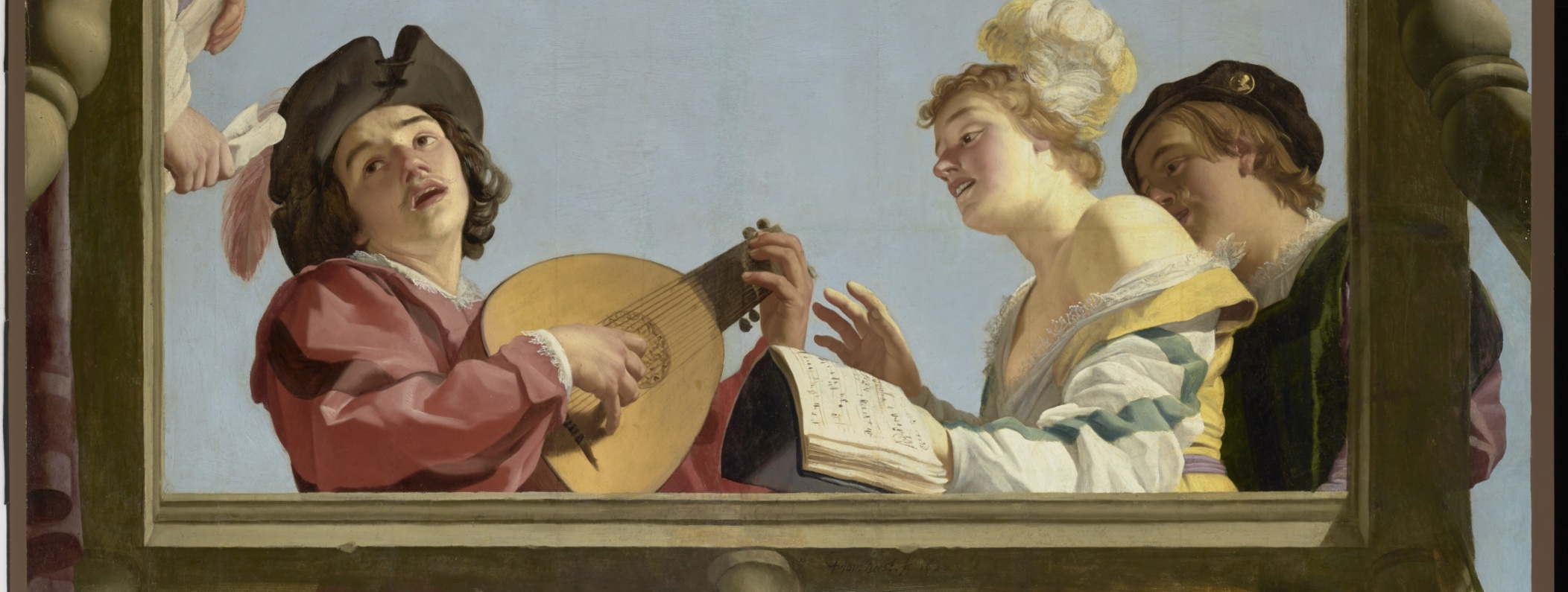 Edi beo þu heuene quene is a 13th century English song in praise of the Virgin Mary, written in Middle English. It expresses familiarity and romantic attachment in relationship with Mary; and the two part harmony sounds remarkably sweet and modern. This article explores why this is so, placing this beautiful song in its three contexts – lyrical, musical and historical – with a video of the song sung by The Night Watch, accompanied by gittern and citole.
Edi beo þu heuene quene is a 13th century English song in praise of the Virgin Mary, written in Middle English. It expresses familiarity and romantic attachment in relationship with Mary; and the two part harmony sounds remarkably sweet and modern. This article explores why this is so, placing this beautiful song in its three contexts – lyrical, musical and historical – with a video of the song sung by The Night Watch, accompanied by gittern and citole.
Month: January 2018
The Virgin’s vengeance and Regina’s rewards: the surprising character of Mary in the Cantigas de Santa Maria (CSM article 3/6)

Mary and child on the left and the devil on the right.
The Cantigas de Santa Maria is arguably one of the most important collections of medieval songs, and certainly one of the largest. Composed between 1257 and 1283 by the Iberian King Alfonso X and his courtiers, they are largely versifications in song of the miracle stories of the Virgin Mary circulating in 13th century Europe. After exploring the impact of the troubadours on the Catholic Church’s cult of the Virgin in the first article, and the profound influence of the troubadours and the church on Alfonso’s Cantigas in the second article, this third article examines the character of the Virgin as represented in the manuscripts’ miracle stories and praise songs. Via Fatal Attraction, Seven Brides for Seven Brothers, characters in Batman, George Orwell’s 1984, bestiaries, psychotherapy and the Symbionese Liberation Army, we discover that the chief characteristics of the Virgin are jealousy, vengeance and the demand for obeisance. How does such a problematic role model affect the kingship of Alfonso? And how does this influence the content of the songs?
![]() We begin with a video of Cantiga 173: The blessings of Maria ~ or ~ The kidney stone Cantiga, sung in English with medieval harp and fiddle.
We begin with a video of Cantiga 173: The blessings of Maria ~ or ~ The kidney stone Cantiga, sung in English with medieval harp and fiddle.
